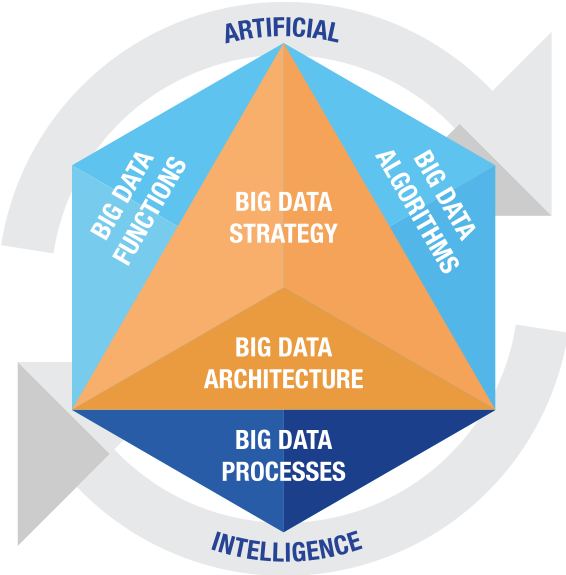Chatper 6.2 - Future Research Directions in Enterprise Architecture
Future Research Directions in Enterprise Architecture

In this article, we’ve just scratched the surface to introduce you to the fundamental principles of Enterprise Architecture (EA) and Enterprise Architecture Management (EAM). However, the field is vast, and numerous research opportunities await. Below, we outline several potential topics that could inspire your next research endeavor, without claiming to be exhaustive.
Based on a text analysis by Gampfer et al. in 2017, the following future trends for EA were identified:
Cloud Computing
- Overcomes traditional hosting model limitations
- Features include:
- On-demand self-service
- Elastic resource management
- Resource pooling
- Broad network access
- Pay-per-use billing
- Impacts: Quicker changes in application landscapes, affects technology, software applications, and business processes
Adaptive/Agile Enterprise Architecture
- Agile development established in the early 2000s
- Methods like Scrum and eXtreme Programming reduce risks and expedite results
- Challenges: Balancing short development cycles with long-term EAM strategies
- Concepts such as bimodal IT and more agile EAM methods are being explored
Sustainability
- Focus on environmental protection and responsible business practices
- EAM as a methodology considers both organization and its environmental impact
Smart Machines
- Autonomous machines adapting to environments
- Mobility and adaptivity challenges current IT management practices within EA
Internet of Things (IoT)
- Impacts technology layers and business through connectivity of devices and objects

Big Data
- Management and analysis of vast amounts of structured and unstructured data
- EA’s role:
- Facilitating Big Data technology setup
- Utilizing Big Data solutions for EA data management
Entrepreneurship
- Application of agile and lean principles to organizational structures
- Research needed on minimal EA setups for small, agile companies
Complexity Theory
- Understanding the inherent complexity in EA and its evolution over time
The intersections among these topics are evident, such as the overlap between entrepreneurship and agile organizations, or Big Data’s role in IoT implementations. Each embodies a complex dimension of EA.
Current research also examines the tangible benefits of EAM within organizations. Despite assumed high-level benefits, EA teams struggle to demonstrate immediate advantages. Academic efforts are underway to clarify these benefits and investigate the reasons behind past EA initiative failures.
Additionally, traditional methods and tools are still being scrutinized, particularly around the reduction of complex EA visualizations. Innovative approaches, like using game engines or augmented reality for multi-dimensional and interactive EA views, are being tested.
Lastly, the concept of EA debts—akin to technical debts—is gaining attention. This research aims to develop methods for identifying and managing suboptimal EA artifacts that prevent the adoption of ideal solutions.